
EU’s Response to Trump’s Trade Threats Amid Growing Tensions
As President Trump intensifies his trade war, he threatens tariffs on Canada, China, and Mexico. The European Union (EU) is bracing for potential action against its trade practices. With Trump describing the EU’s trade surplus as “an atrocity,” the EU is now exploring countermeasures, including anti-coercion laws, antitrust investigations, and targeted tariffs. These developments underscore the significant EU trade tensions that are escalating.
The US president has previously imposed tariffs on European steel and aluminum, which led to retaliatory taxes on products such as Harley-Davidson motorcycles and Bourbon whiskey. While tariffs were suspended under the Biden administration, this truce is set to expire in March. The EU is revisiting its strategy to ensure its interests are protected in the face of new potential tariffs and trade disputes.
Anti-Coercion Measures and Targeted Tariffs
One significant tool in the EU’s arsenal is the Anti-Coercion Instrument (ACI), introduced in 2023. This measure allows the EU to limit the right of third countries to participate in public procurement processes, restrict licenses, or impose trade barriers on services and intellectual property. Experts like Elvire Fabry from the Delors Institute suggest that the EU could leverage the ACI to target US digital services or intellectual property. This would strike at the core of America’s reliance on European markets.
Although the ACI is seen as a potent tool, some experts, like Fredrik Erixon from the European Centre for International Political Economy, caution that using intellectual property rights as a response could escalate the conflict. Erixon describes this as a “nuclear option,” suggesting that such measures would have significant international ramifications. IP rights are governed by global standards and treaties.
Targeted tariffs are also under consideration, similar to the EU’s response in 2018, when it imposed tariffs on Harley-Davidsons and Bourbon whiskey. This could be revisited with specific customs duties on popular consumer goods like clothing and motorcycles. Critical sectors, such as pharmaceuticals, would be avoided.
Navigating Antitrust and Digital Markets
With the ongoing tensions, another front in the trade dispute is antitrust enforcement. The EU has opened investigations into US tech giants like Google, Apple, and Meta, as part of the broader Digital Markets Act (DMA). While the European Commission has stated that antitrust enforcement will not become a tool for trade retaliation, these investigations could lead to friction with the US. This is especially true given the Biden administration’s concerns over what it perceives as European digital protectionism.
Moreover, Europe’s plans for expanding defense spending could be used as leverage in trade negotiations. The EU’s increased military budgets could be aligned with US interests, providing opportunities for collaboration in defense procurement. Erixon suggests that by lowering automotive tariffs to zero, the EU could offer the US increased market access. This gesture may help ease tensions in the auto sector.
The Challenge of EU Unity in Trade Disputes
As the trade conflict unfolds, the unity of the 27 EU member states will be tested. Some countries, like Hungary, may find themselves in a more favorable position with the US. This may potentially weaken the EU’s collective stance. Fabian Zuleeg from the European Policy Centre warns that the EU must act swiftly and cohesively to avoid divisions. Some states could be offered better trade deals or investments by the Trump administration.
Moreover, the EU’s response may need to address broader political issues, such as security concerns related to Ukraine or Greenland. As the trade dispute grows, it may shift from a purely economic conflict to one with far-reaching geopolitical implications. This will test the EU’s resolve and unity in the face of Trump’s aggressive trade tactics.





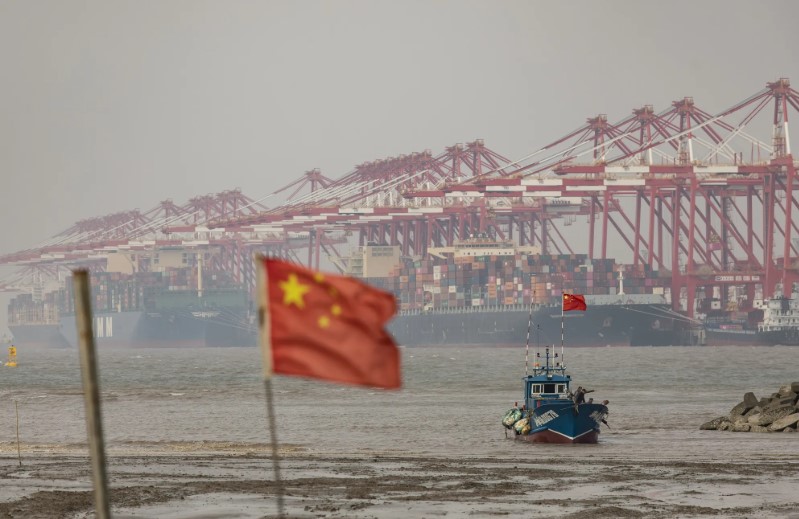

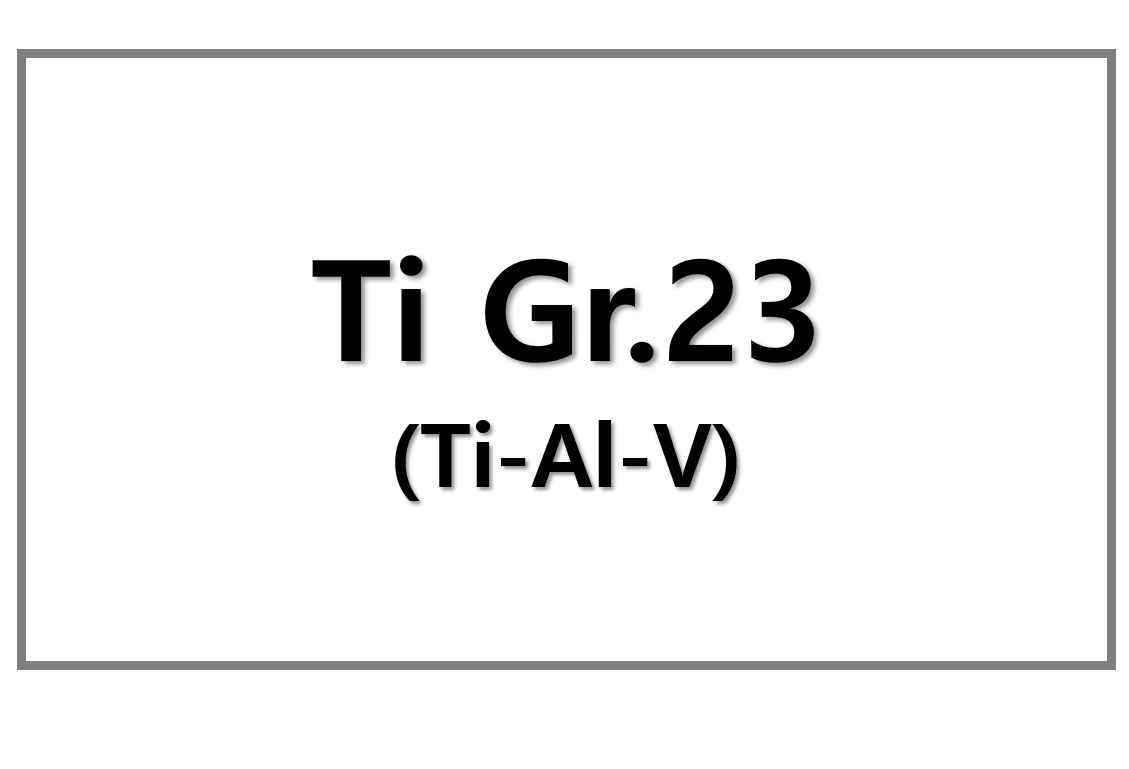
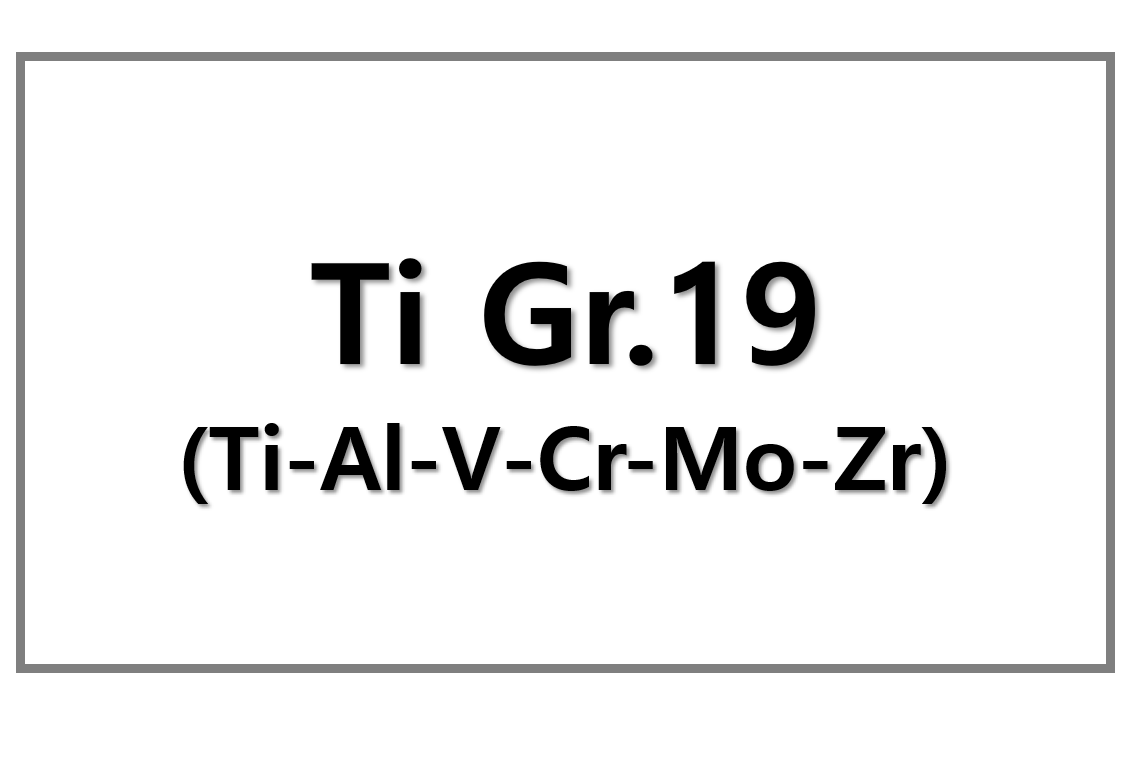
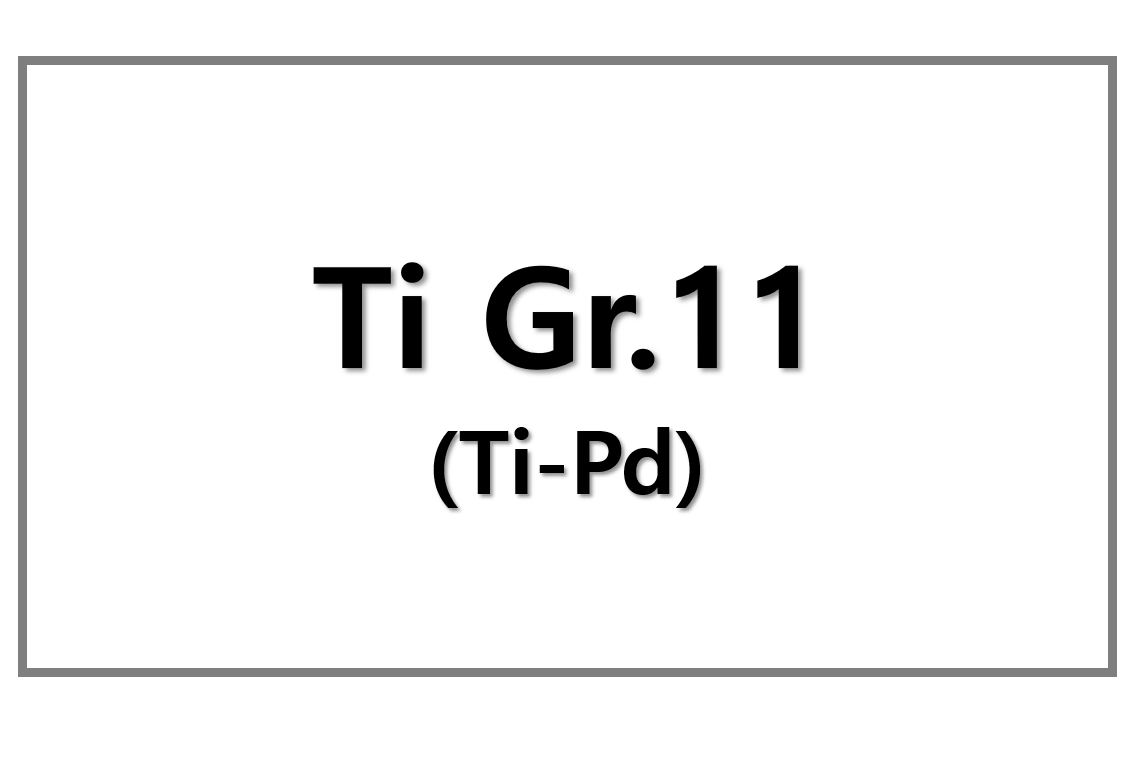
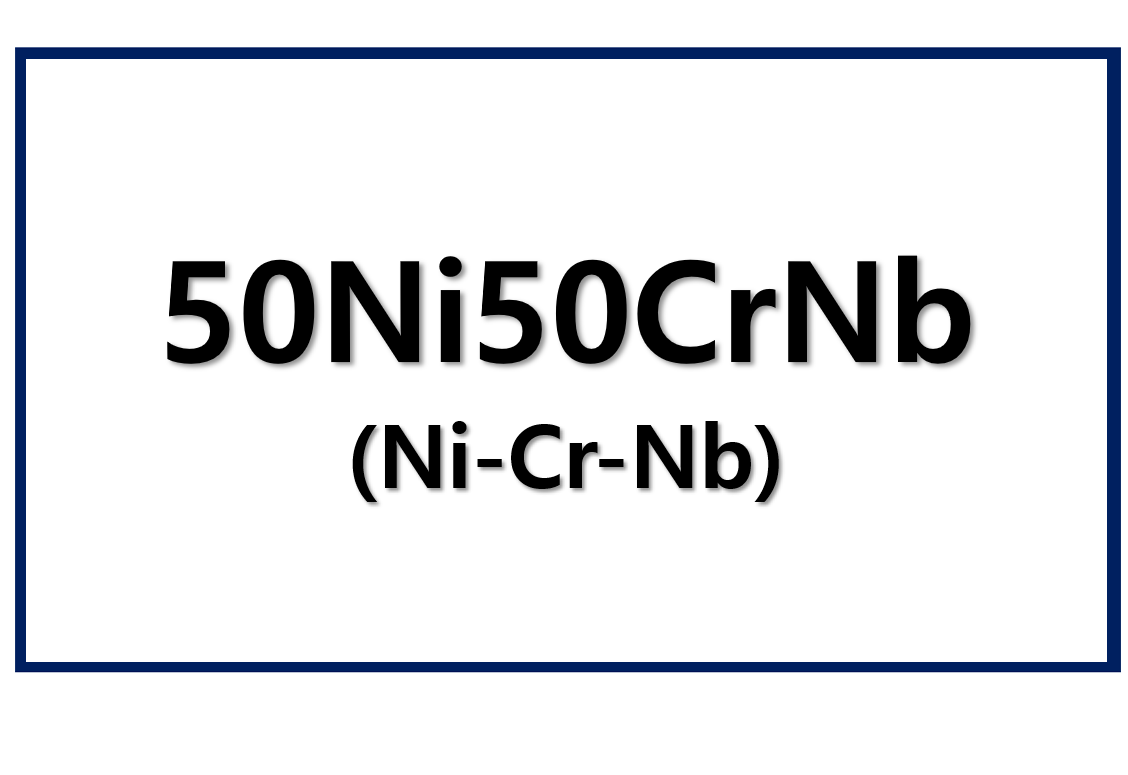
Leave a Reply
You must be logged in to post a comment.